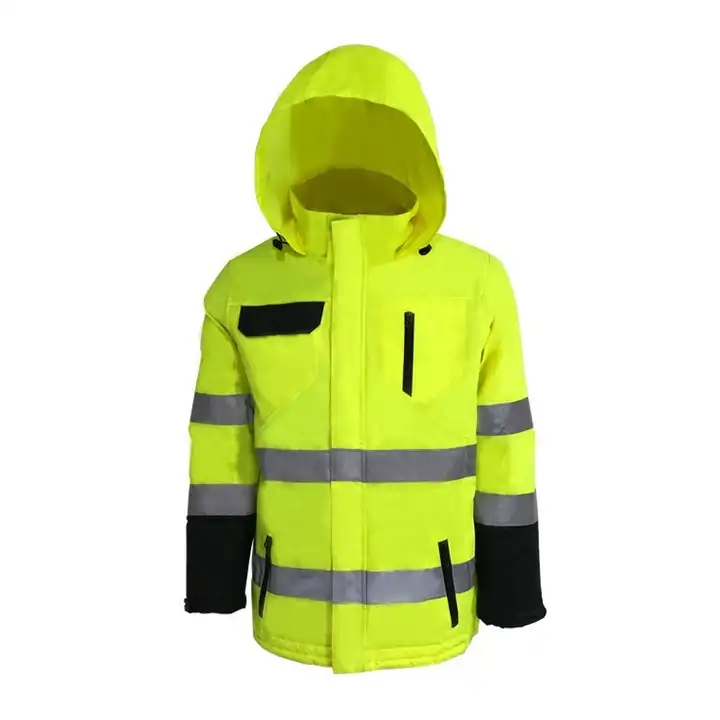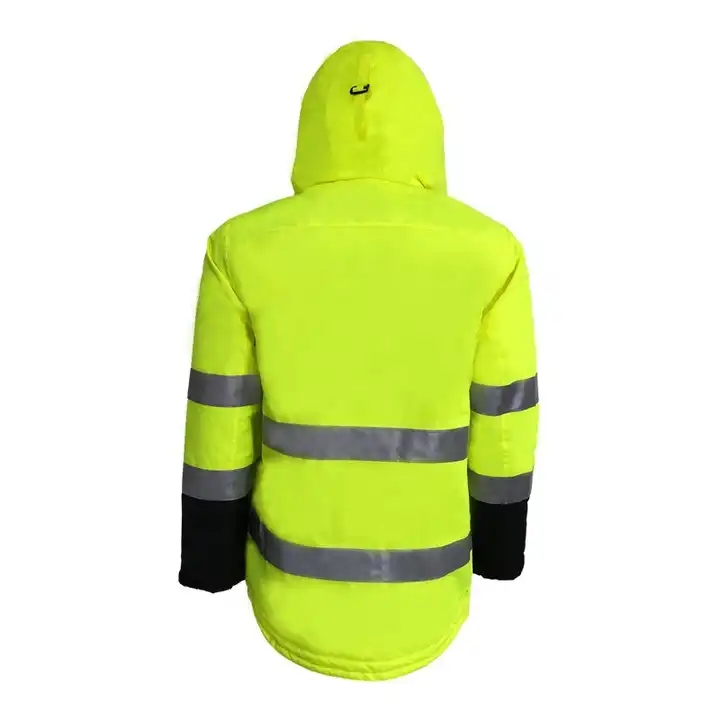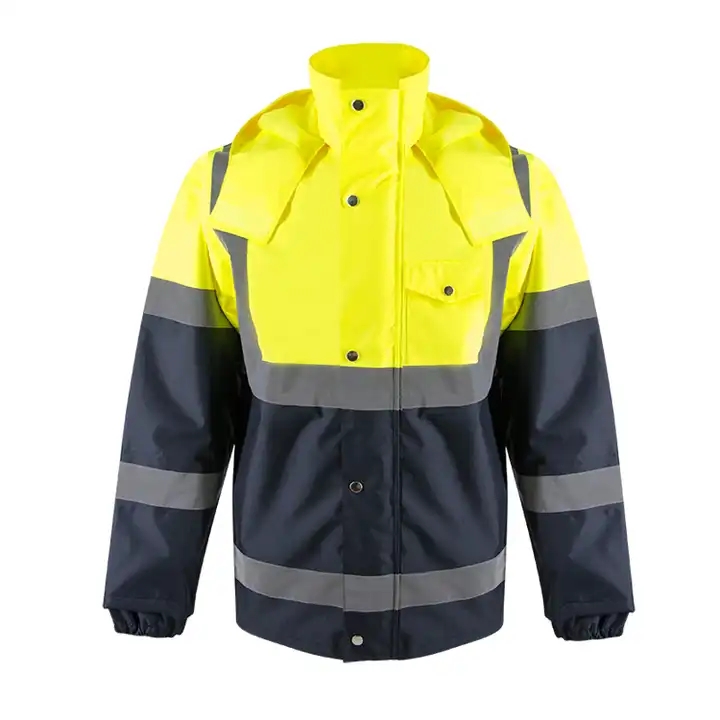When rain pours down, and work must persist, the significance of reliable rain workwear becomes undeniable. This comprehensive guide navigates through the realm of rain workwear, shedding light on its crucial features, pivotal role in ensuring workplace safety, and its contribution to maintaining productivity in challenging weather conditions.
Understanding Rain Workwear
Rain workwear constitutes specialized garments and gear engineered to resist and shield against rain and wet environments. This includes raincoats, waterproof trousers, jackets, hats, and boots crafted from advanced materials like Gore-Tex, PVC, or polyester blends. These items offer water resistance while prioritizing breathability and comfort for workers facing prolonged exposure to wet conditions.
Key Features for Optimal Performance
Vital elements defining high-quality rain workwear:
Waterproof Technology: Seek workwear crafted from superior waterproof fabrics to effectively repel rain and keep workers dry and comfortable.
Durability and Resilience: Opt for workwear designed to withstand adverse weather, maintaining its quality and protective properties through prolonged use.
Comfort and Mobility: Look for ergonomic designs allowing freedom of movement, ensuring workers can carry out tasks efficiently and comfortably.
Visibility Enhancements: Some rain workwear incorporates reflective components, ensuring visibility and safety in low-light or hazardous environments.
Utility Across Industries
Rain workwear serves as a critical asset in diverse sectors:
Construction and Trades: Essential for workers exposed to the elements, providing protection during physically demanding tasks.
Agriculture and Farming: Crucial for farm workers, enabling productivity despite inclement weather conditions.
Emergency Services: Vital for emergency responders, ensuring visibility and functionality in challenging weather scenarios.
Outdoor Professions: Essential for professionals in landscaping, utilities, and outdoor services, ensuring safety and efficiency in adverse weather.
Maintenance and Longevity
Ensuring sustained functionality:
Cleaning Guidelines: Adhere to manufacturer-recommended cleaning methods to maintain workwear quality and effectiveness.
Proper Storage: Store workwear in dry environments to prevent mildew and retain water-resistant properties.
Regular Inspection: Periodically assess workwear for signs of wear or damage, promptly repairing or replacing to uphold protective capabilities.
Conclusion
Rain workwear stands as a linchpin in numerous industries, safeguarding workers and enabling productivity despite adverse weather conditions. Investing in high-quality, durable rain workwear prioritizes safety, comfort, and productivity for the workforce, ensuring uninterrupted operations regardless of challenging weather.



